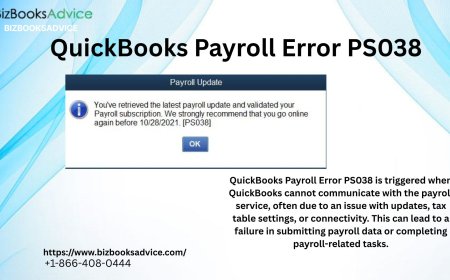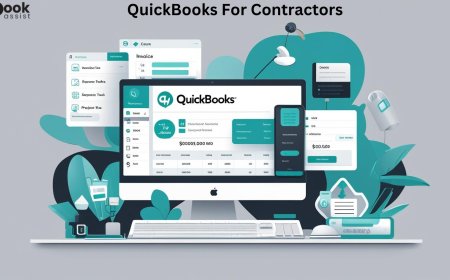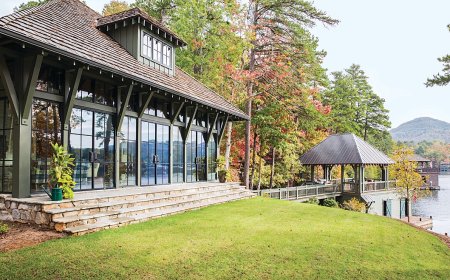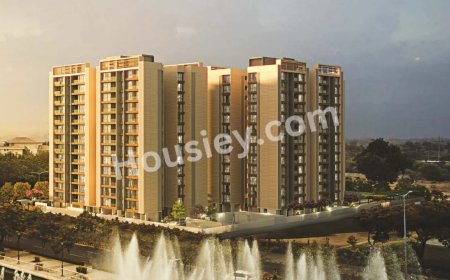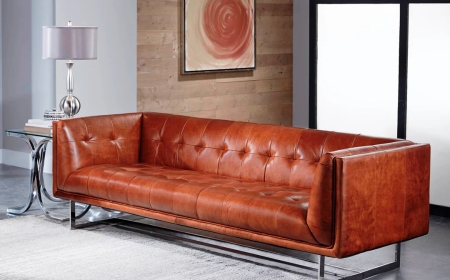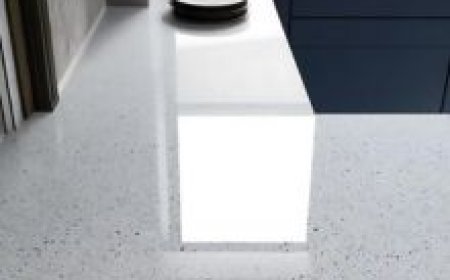Cubicles vs. Open Office Layouts: Which Is Better for Your Business?
This article compares cubicles and open-plan offices, weighing the pros and cons of each to help you decide which layout is best for your workspace.

When planning an office layout, one of the biggest decisions business owners and office managers face is choosing between traditional cubicles and open-plan designs. While open layouts have been the go-to choice for many modern companies, they come with significant trade-offs. In contrast, cubicles are making a strong return as companies realize the importance of privacy, focus, and employee wellness.
Understanding Cubicles and Open-Plan Offices
What Are Cubicles?
Cubicles are modular, semi-enclosed workspaces divided by partitions that offer employees personal zones while still being part of the larger office environment. They can be configured in various sizes and shapes, making them adaptable to different industries and office needs.
What Is an Open-Plan Office?
An open-plan office removes physical barriers like walls or partitions. Employees work side-by-side in a shared, communal space designed to encourage communication, collaboration, and flexibility.
Advantages of Cubicles in the Modern Office
Increased Privacy
Cubicles provide visual and auditory privacy, giving employees a quiet, personal space to focus on important tasks without being constantly watched or overheard.
Better Focus and Productivity
Reduced noise and fewer visual distractions in cubicles contribute to higher concentration levels, especially for tasks requiring deep work, like financial reporting, writing, or programming.
Personalization of Workspaces
Employees can customize their cubicles with personal touches, including family photos, plants, and desk accessories, which boosts morale and job satisfaction.
Health and Safety
Cubicles act as physical barriers that help limit the spread of germs, making them particularly valuable in todays health-conscious workplaces.
Benefits of Open-Plan Office Layouts
Encourages Collaboration
Open offices make it easy for employees to communicate, brainstorm ideas, and solve problems together.
Flexible Space Usage
Removing walls and partitions allows companies to adjust layouts quickly, making open offices a good choice for startups or businesses with rapidly changing teams.
Modern Aesthetic
Many open-plan offices feel modern, trendy, and visually spacious, making them appealing to younger, creative teams.
Cost-Effective Initial Setup
Without partitions or cubicle systems, open-plan offices typically have lower setup costs compared to installing cubicles.
Drawbacks of Open-Plan Offices
High Noise Levels
One of the biggest complaints about open-plan offices is excessive noise, which can disrupt focus and reduce productivity.
Lack of Privacy
Employees working in open spaces often feel they have no personal space, leading to discomfort during phone calls or private conversations.
Higher Risk of Germ Transmission
Without physical barriers, illnesses like colds and flu can spread more easily in open offices.
Increased Employee Stress
Constant interruptions, visual distractions, and lack of personal space can contribute to workplace anxiety and burnout.
Why Many Businesses Are Returning to Cubicles
Employee Productivity Matters
Research shows that frequent interruptions and high noise levels reduce employee productivity. Cubicles address these issues by offering defined personal spaces that support focus and efficiency.
Health and Wellness Concerns
In todays post-pandemic work environment, health and hygiene have become top priorities. Cubicles offer natural physical distancing and reduce exposure risks.
Improved Employee Satisfaction
Many employees report feeling happier and more comfortable when they have a personal, private area to work in. Cubicles strike a balance between privacy and collaboration, improving job satisfaction and retention.
Flexibility in Design
Modern cubicle systems are modular and customizable, making it easy to create configurations tailored to specific department needs.
Ideal Use Cases for Cubicles
-
Financial services and legal firms
-
Customer service departments
-
Engineering and design teams
-
Medical and healthcare offices
-
Any business prioritizing privacy, focus, and hygiene
Ideal Use Cases for Open-Plan Offices
-
Creative agencies
-
Startups and tech companies
-
Marketing and advertising firms
-
Businesses with small, highly collaborative teams
FAQs
Can cubicles and open office layouts be combined?
Yes. Many companies use a hybrid model that incorporates cubicles for individual work and open areas for collaboration and meetings.
Are modern cubicles better than older versions?
Absolutely. Todays cubicles are sleek, modular, and available in various heights, materials, and configurations that support both privacy and interaction.
Is an open-plan office cheaper than cubicles?
Initial setup costs are usually lower for open offices, but the long-term impact on productivity and health can make cubicles a smarter investment.
Do cubicles reduce workplace stress?
Yes. By reducing noise, interruptions, and visual distractions, cubicles help create a calmer, more focused environment.
Can cubicles be reconfigured easily?
Modern cubicle systems are modular and can be rearranged as your office grows or workflow needs change.
Conclusion
While open-plan offices once dominated workplace design trends, their limitations have become increasingly clear. Cubicles provide a well-balanced solution for businesses prioritizing privacy, employee focus, health, and long-term productivity.
The best choice for your business will depend on your teams work style, industry demands, and office culture. In many cases, a blended workspace featuring both cubicles and open areas delivers the best of both worlds, fostering collaboration without sacrificing individual focus.















